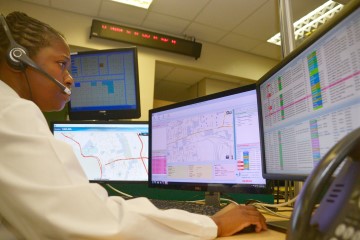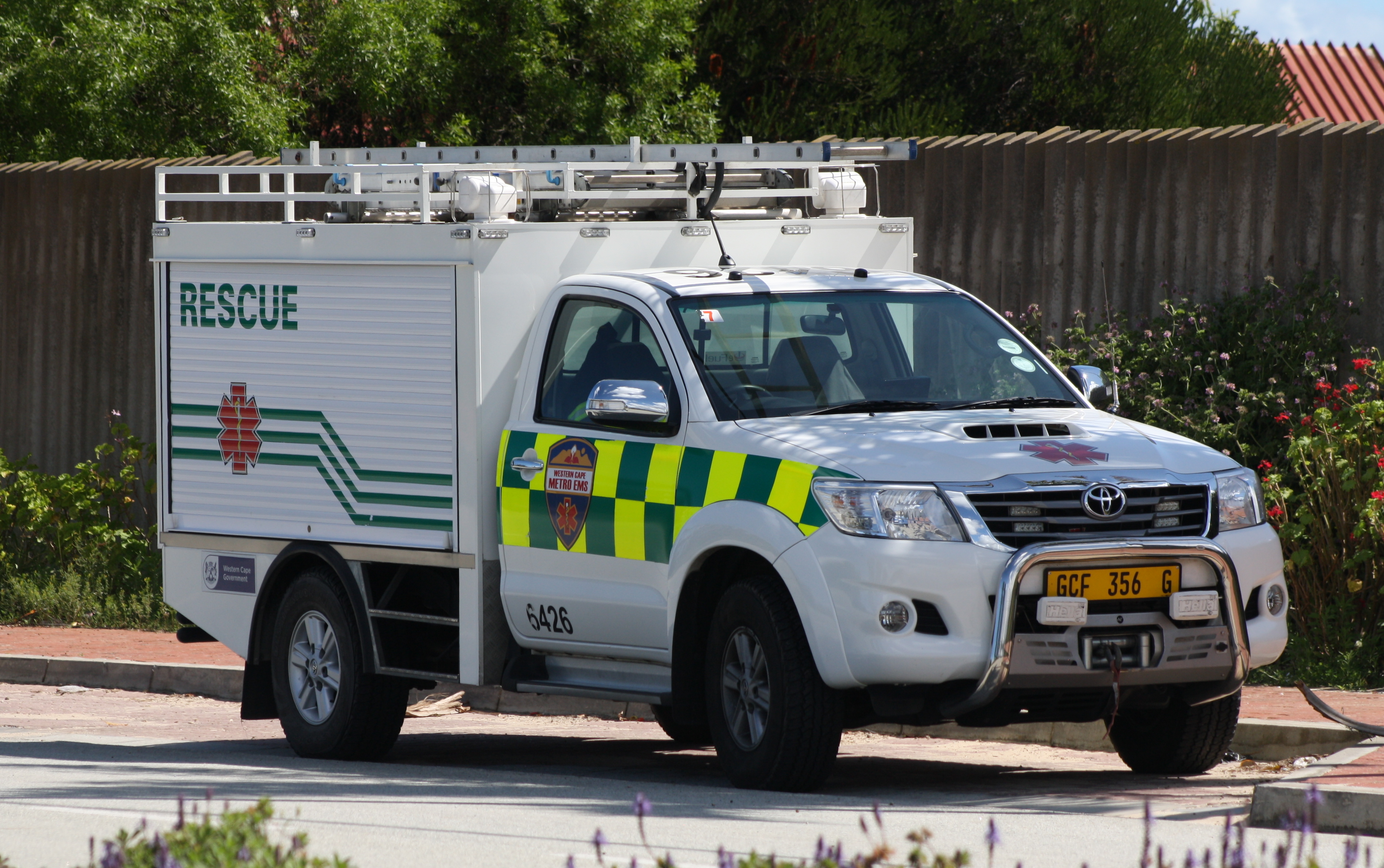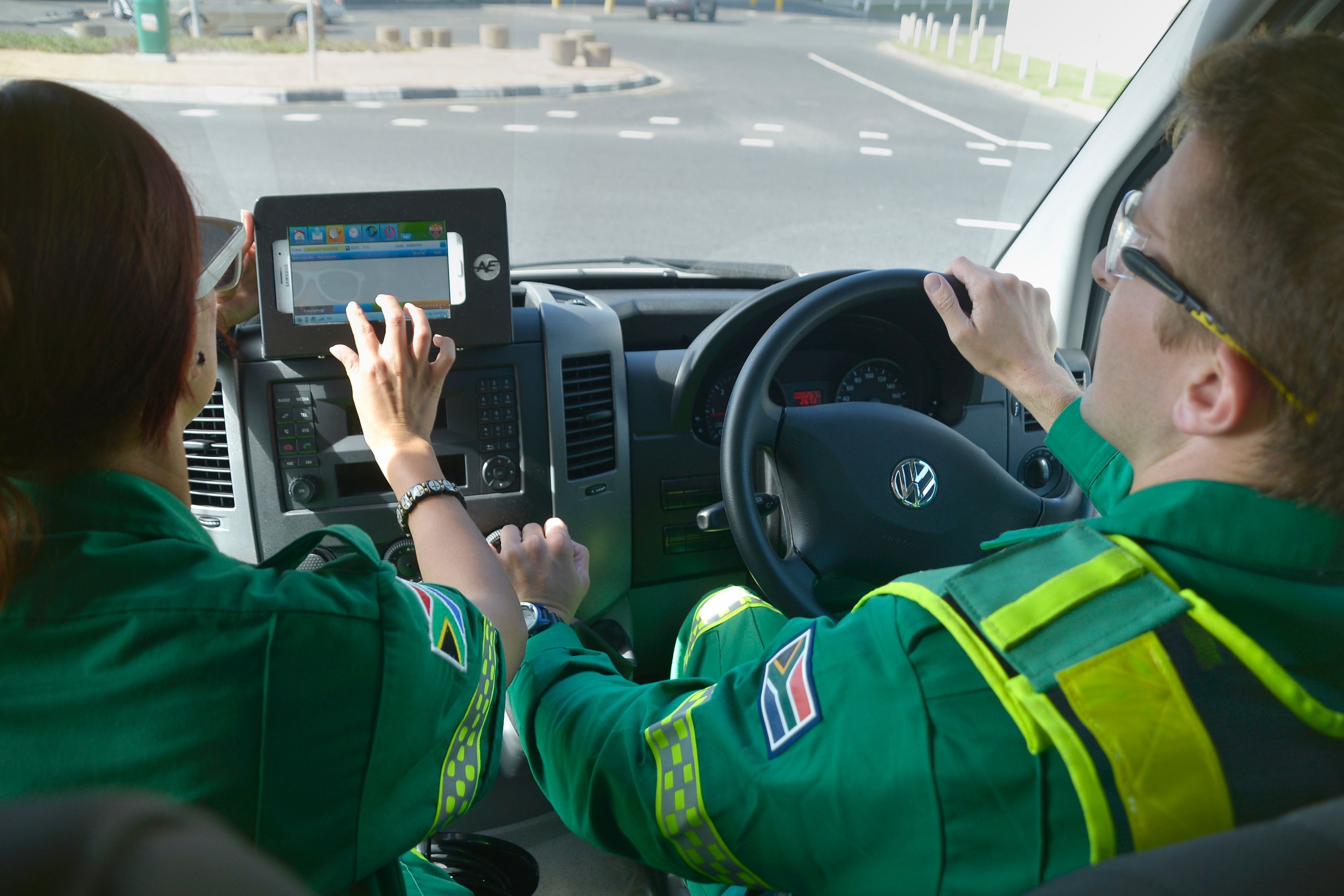Medical emergency transport and rescue
| Description: |
1. Ambulance Operations Each ambulance is licenced and fully equipped with the appropriate medical equipment and medication, according to the minimum norms and standards of ambulance services. Skilled medical practitioners work in teams of 2 per ambulance and provide quality care based on their training. The levels of care within EMS are divided into:
EMS operates over 250 ambulances throughout the province. Ambulance operations include dedicated service units such as,
Inter Facility Transfers also have a dedicated focus, and we have separate crews and dispatching systems. That allows us to facilitate the movement of patients across the City of Cape Town for our departmental stakeholders.
There are 6 Emergency Communications Centres (ECCs) throughout the province. The centres employ trained call takers and dispatchers. They correctly prioritized and dispatched the calls received in an emergency to the closest ambulance offering the correct level of care to the incident. ECC’s are located in the districts of Cape Town, Cape Winelands, West Coast, Overberg, Eden and Central Karoo. Emergency Communications also operates at The PHOC (Provincial Health Operations Centre) and their functions include:
EMS rescue consists of highly qualified, advanced rescue technicians who provide both technical and medical care on the scene of a rescue operation. These operations may vary from motor vehicle accidents requiring patients to be mechanically extricated with the “Jaws of Life”, through to mountain rescues where patients need to be airlifted or carried to safety. Each rescue vehicle is fully equipped with power tools and hiking equipment and 46 rescue vehicles are operating in the Western Cape, including Rescue 6 (EMS Rescue Crane) which can remove heavy equipment (such as trucks) from scenes, providing access to patients for the EMS staff 4. HealthNET HealthNET (Health Non-Emergency Transport) provides transport for non-emergency patients across the province, between home and facilities, or between multiple facilities. Patients are booked using an online system that ensures that seats are allocated equitably and that no patients can be overbooked. Bookings can only be made through a provincial health care facility (hospital/clinic) and patients receive a reference number and date of collection. Over 90 HealthNET vehicles are operating in the Western Cape. These vehicles are designed specifically to cater to the needs of all patients. Our HealthNet Fleet consists of 31 Tangos (seats only), 16 Tango Busses, 23 single Stretcher Tangos, 11 Wheelchair Caddy’s. |
| Instructions: |
Always make sure that it’s a real medical emergency before you call as tying up emergency lines could lead to the prolonged suffering or death of someone else. When calling an emergency number, make sure that you have the following information ready:
For emergency medical care, phone the National Medical Emergency Number 10177, and an ambulance will be sent out from one of several ECCs in the Western Cape. If you’re are dialling from a cell phone, you can dial 112. Ambulance: 10177 Cell phone emergency: 112 (MTN, CellC and Telkom) Western Cape Government: 0860 142 142 City of Cape Town General Emergency: 107 Police: 10111 |
| Government Body: | (Western Cape Government) |
| Price: |
No one will be refused the service based on capacity to pay. If you’re a member of a specific medical aid , you’ll be charged Uniform Patient Fee Rates agreed with the medical aids. If you’re not, you’ll be assessed according to your income and charged |
- Know who you can call in an emergency (Public Information)
- Poisons Information Helpline of the Western Cape (Service)
- Regulations Governing Ambulance Services in the Western Cape (Guidelines, Manuals and Instructions) (File type: pdf; size: 1012.76 KB)
- Western Cape Ambulance Services Act, 2003 (Act) (File type: pdf; size: 204.5 KB)

 The Emergency Medical Services (EMS) is divided into 4 core components:
The Emergency Medical Services (EMS) is divided into 4 core components: 2. Emergency Communications
2. Emergency Communications 3. Rescue
3. Rescue Before you call:
Before you call:
